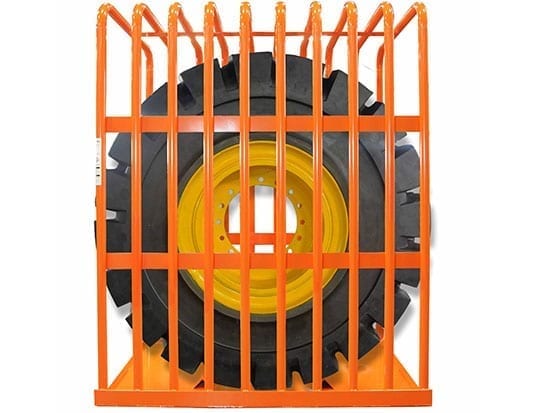Diligent training can be the difference between life and death.
When people ask me what my job is, I say simply, “I save lives.” It’s my passion and my profession.
My mission is to bring training to technicians everywhere to help prevent the death of life and limb and to improve quality of life for people who work on some very dangerous vehicles. When people ask me why, I say, “If you’d seen what I’ve seen, you’d understand.”
A trained technician is a safe technician. Since 1997, TIA has been developing programs and bringing them to more than 88,000 technicians around the world. Through my work with the Tire Industry Association, I’ve personally been able to bring OTR tire training to some pretty remote locations from Canada to Colombia—imagine changing a mining tire in 40 below in Mongolia! Now imagine how much worse it is if you don’t know exactly what you’re doing.
Good training has to come from more than a manual. While we do produce comprehensive collateral material, including videos created by our trainers, it’s a hands-on experience that goes the furthest. I want those technicians I work with to know I walk the talk, too. I’ve been in the industry for 32 years and started working on farm tires at 13. I’ve had the opportunity to change the largest tire in the world. I owned my own garage. I know what it’s like out there.
The power of positivity
I, and all our trainers, believe in the power of positivity. A positively trained technician is a happy technician, and that’s who you want inside your truck. We’re talking about some of the most dangerous jobs on a mining site—from technique to content to delivery, it all matters in effective training.
Training has to also be up to date. I was taught to stay out of the trajectory zone. Now I teach the use of remote control air devices. I can do that in a hands-on environment using their equipment.
I need them to know that it’s not just about what they do but about why they’re doing it. Once that’s understood, doing it safely becomes easier to understand, too.
I often ask technicians in a group how many have seen someone standing in front of a tire that blew up. Almost everyone has. They need to know not just to put the right tire on, but what tire was on the vehicle when it came in. Zipper injuries are one of our No. 1 killers, but they don’t have a restraining device. A tire and rim combo is a pressure vessel, I tell them. Add containment and you’ve got a bomb, and you don’t know when it’s going to blow.
They need to know that torque is just a setting; clamping force holds on the wheel. We live train in their environment— equipment, tires, and accessories behave differently in 40 below zero than at 30 degrees. They need to really understand that on a huge combine, a jack without a jack stand is a death sentence.
Messengers of safety
By making the training personal and positive, these well-trained technicians become messengers too, passing along not just their knowledge, but their attitudes as well. When we’re done, they’ll be qualified to do their jobs. They’ll know how to clean, how to inspect, and how to use the little tricks to keep themselves safe.
The dangers are real. The environments are tough, so the training must be tough. If we train correctly, it is passed down. If we train incorrectly, it is passed down. We’re starting a chain reaction either way. We want to start the right chain.



